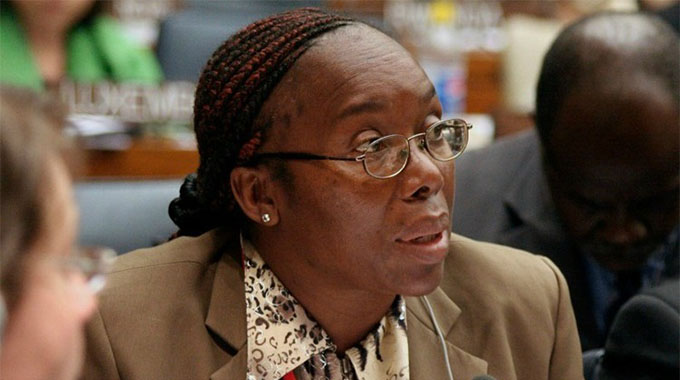ZGC probes child marriages – NewsDay Zimbabwe

BY SILAS NKALA
THE Zimbabwe Gender Commission (ZGC) descends on Bulawayo next week as part of a national inquiry into child marriages and sexual exploitation of young girls amid concerns that the vice was widespread.
ZGC announced the probe last year saying it would chiefly zero in on the indigenous apostolic sects.
Yesterday, ZGC Matabeleland regional coordinator Dalubuhle Sibanda confirmed the trip to Bulawayo.
“We have a national inquiry on child marriages and sexual exploitation of young women and girls including those with disabilities on July 30 at Stanley Hall, Makokoba, Bulawayo,” Sibanda said.
Last year, ZGC chairperson Margaret Mukahanana-Sangarwe said the Gender Commission Act gives the commission a mandate to investigate and make legally binding recommendations to fight the practices.
Mukahanana-Sangarwe said the institutionalisation of child marriages and sexual exploitation constitute a systemic barrier towards the attainment of gender equality and equity.
Last year, in July, a 14-year-old girl died while giving birth at an apostolic shrine in Marange, Manicaland province.
The case brought to the fore the scourge of sexual exploitation and abuse of young women and girls including those with disabilities fuelled by age-old harmful practices within religious and cultural institutions.
ZGC statistics in December revealed that Mashonaland Central province had the highest number of child marriages with 49,5% of girls and 6,7% boys said to be getting married at a young age.
Mashonaland Central province was followed by Mashonaland West province with 41,7% girls and 5,6% boys.
Mashonaland East province came third with 37,8% girls and 3,9% boys, followed by Masvingo with 35,3% girls and 4,2% boys, with Manicaland having 36% girls and 3,4% boys.
Matabeleland North province was ranked number six with 32,9% girls and 5,5% boys entering into early child marriages, followed by the Midlands with 30,4% girls and 2,7% boys.
Matabeleland South province had 22,2% girls and 1,7% boys, while Harare had 21,7% girls and 2,7% boys, with Bulawayo province being the least with 13,5% girls and 2,7% boys.
“Further indications are that child marriage prevalence is high (40%) in rural areas compared to urban areas (21,3%),” ZGC said.
- Follow Silas on Twitter@silasnkala
This “Eyes on Trafficking” story is reprinted from its original online location.
 ABOUT PBJ LEARNING
ABOUT PBJ LEARNING
PBJ Learning is a leading provider of online human trafficking training, focusing on awareness and prevention education. Their interactive Human Trafficking Essentials online course is used worldwide to educate professionals and individuals how to recognize human trafficking and how to respond to potential victims. Learn on any web browser (even your mobile phone) at any time.
More stories like this can be found in your PBJ Learning Knowledge Vault.
EYES ON TRAFFICKING
This “Eyes on Trafficking” story is reprinted from its original online location.
ABOUT PBJ LEARNING
PBJ Learning is a leading provider of online human trafficking training, focusing on awareness and prevention education. Their interactive Human Trafficking Essentials online course is used worldwide to educate professionals and individuals how to recognize human trafficking and how to respond to potential victims. Learn on any web browser (even your mobile phone) at any time.
More stories like this can be found in your PBJ Learning Knowledge Vault.
